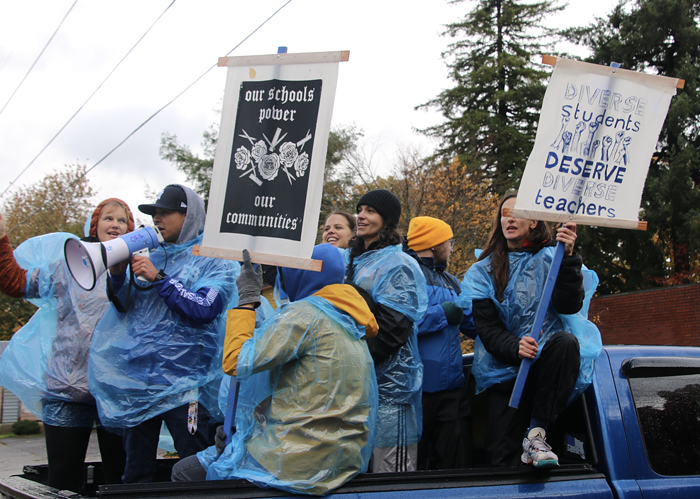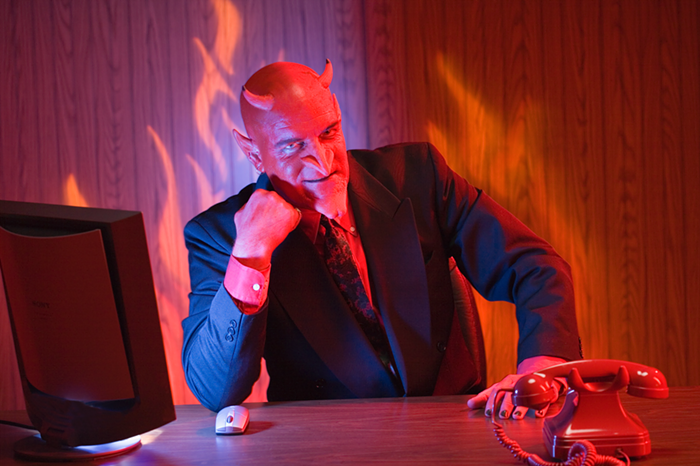THE WILLAMETTE'S newest bridge will be a gleaming white, cable-stayed suspension bridge built over four years to the tune of $135 million. After much debate over budget and design, the bridge broke ground in July.
But the construction schedule for the massive, high-profile project is decided by something very simple: fish.
Yes, the humble salmon has a major say over the new Portland-Milwaukie Light Rail Bridge, which will carry pedestrians, cyclists, buses, and the Orange Line over 7.3 miles from Southwest Portland to Southeast Portland starting in 2015. A federal environmental law requires that construction not disrupt the migration of endangered fishes. The Willamette has six species of endangered salmon whose personal schedules must be taken into account.
Construction of in-water projects all across the country must be completed during what's called a "fish window," determined by the National Marine Fisheries Service. In the Willamette, there's a slim four-month period when salmon aren't migrating up the river as much as during the rest of the year.
"It’s just one of the rules that we all have to play by," says Alan Moore of environmental group Trout Unlimited. "But frankly the fish were here first, before we started driving piles into their rivers." Since the Willamette's fish window begins July 1 and ends October 31, any work that's not finished by Halloween has to be put off for another nine months."On the first day of the window we were at work," said TriMet Communications Director Mary Fetsch. If materials malfunction or don't come in on time, or the crew gets behind by a week or two, the small delay could wind up costing them months.
"Basically, we have a lot of work to do in those 123 calendar days," says TriMet Project Director Robert Barnard. "When you've got a $1.49 billion project you might imagine a year of delay costs a few nickels."
TriMet has a mixed history of sticking to schedules. The public transit agency proudly opened all five previous light rail projects on time and on or under budget. On the other hand, the WES commuter rail was delayed due to manufacturer problems and opened five months late in 2009. And the Portland Streetcar project, a joint city-state-federal project that TriMet will operate once it's completed, is currently five months behind schedule.
Adding to scheduling worries is that the Portland-Milwaukie Light Rail project is TriMet's first experience with in-water bridge construction and fish window restrictions.
But for now, TriMet says the light rail project is on schedule.
Some projects do miss the fish's finicky window. Clackamas County had to push back the replacement of the Clackamas River Bridge by a year (to February 2012) after it had completed design of the bridge and hired a contractor, but missed the fish window deadline. Fish windows impact the planning of numerous projects in Oregon, including the Sellwood Bridge construction and the Columbia River Crossing I-5 freeway expansion.
So what's wrong with building underwater among the fishes? It turns out that salmon have delicate ears. According to biologists, the sound of hammers striking material in the water can cause bruising, internal hemorrhage, and ambiguous "stress" within the Willamette's four types of endangered salmon. Construction lights can also lead to the demise of the precious fishes.
"Artificial lights can attract both prey and their predators to the same place at the same time," says project environmental consultant Bill Hall of Portland-based company Parametrix.
If the project can hit its deadlines, by fall of 2015 Portlanders will commute over the new bridge as salmon commute beneath it. In quiet peace.
This article has been updated from its original version. TriMet was originally listed as a "partner" on the streetcar project—the agency's role was clarified.



















